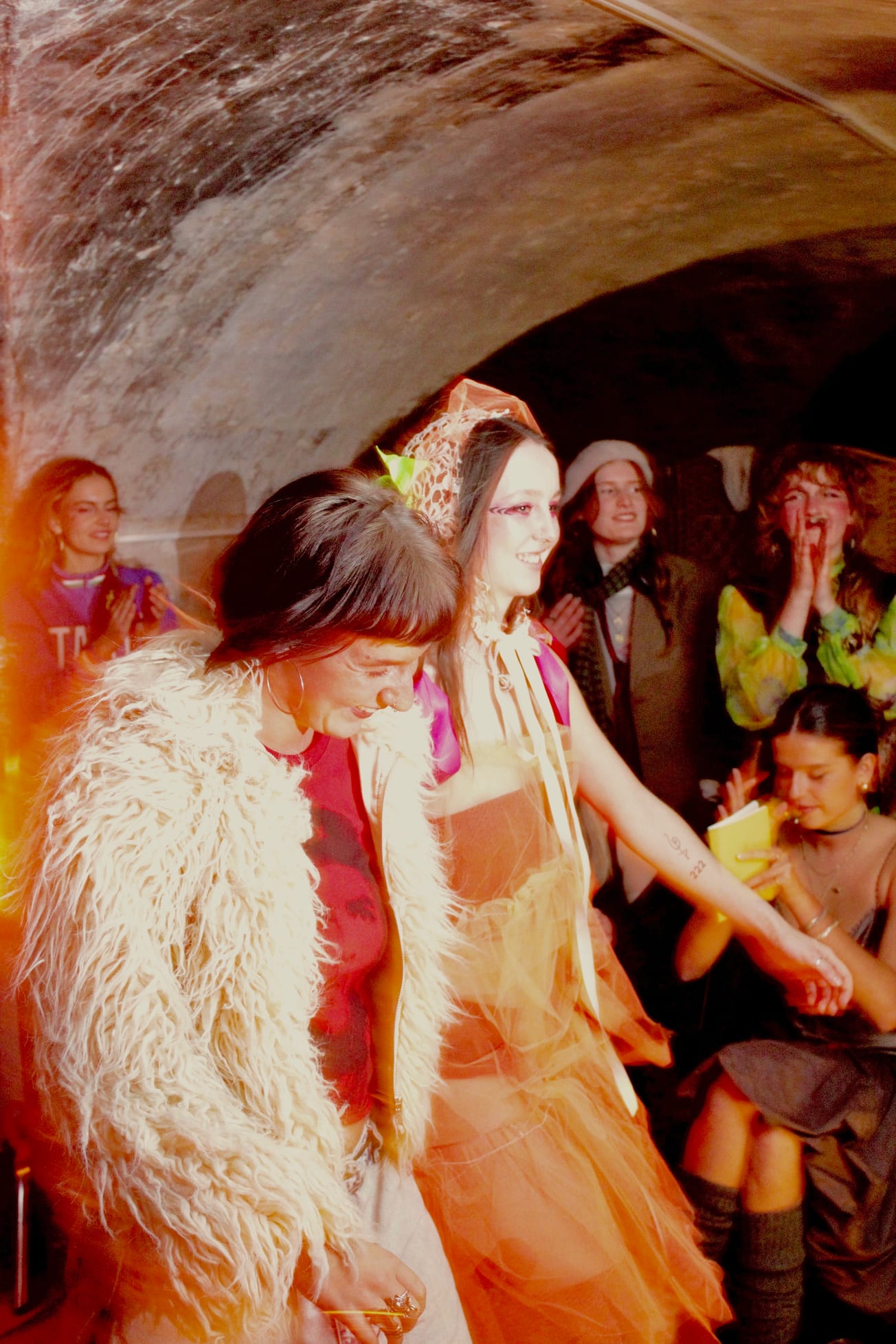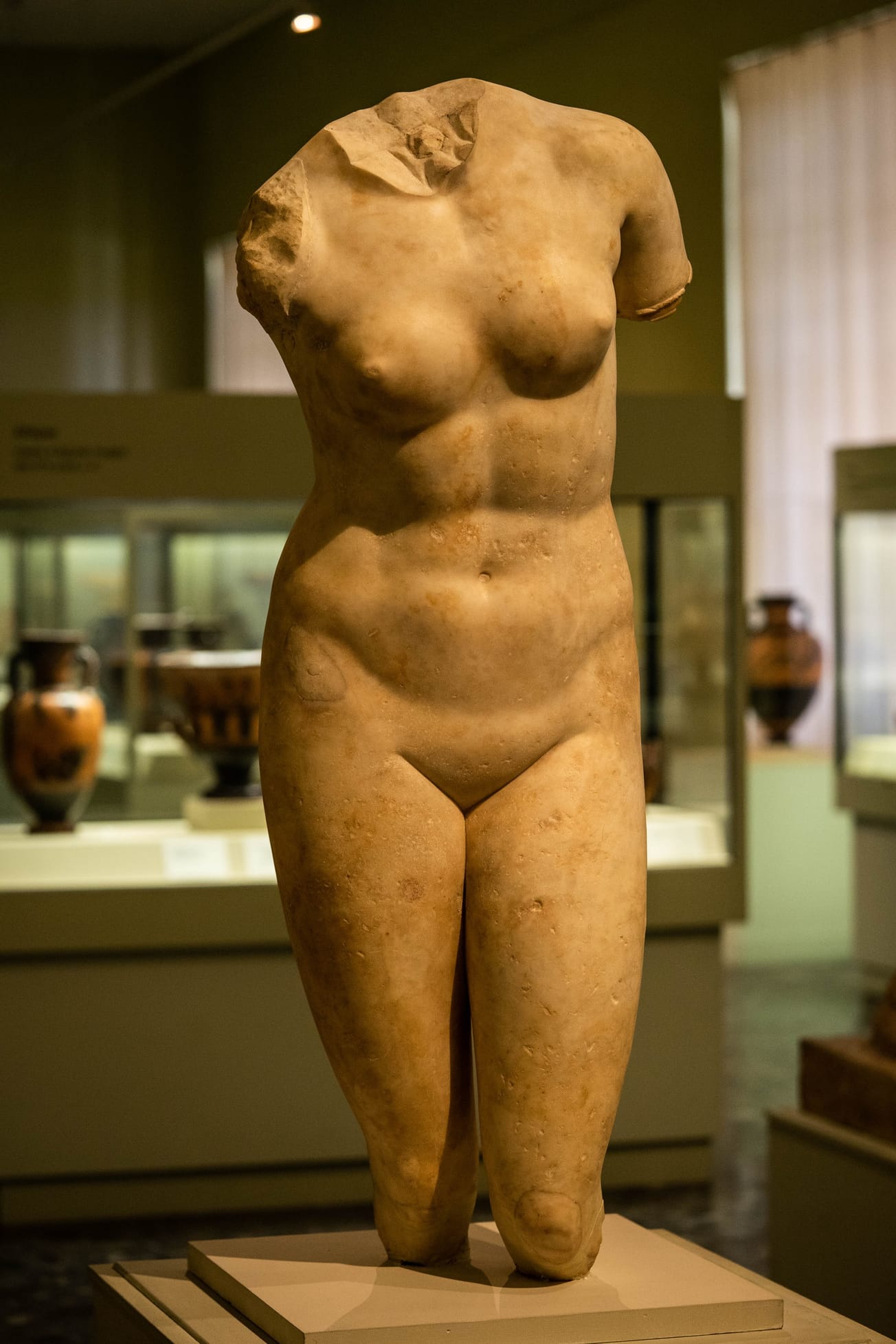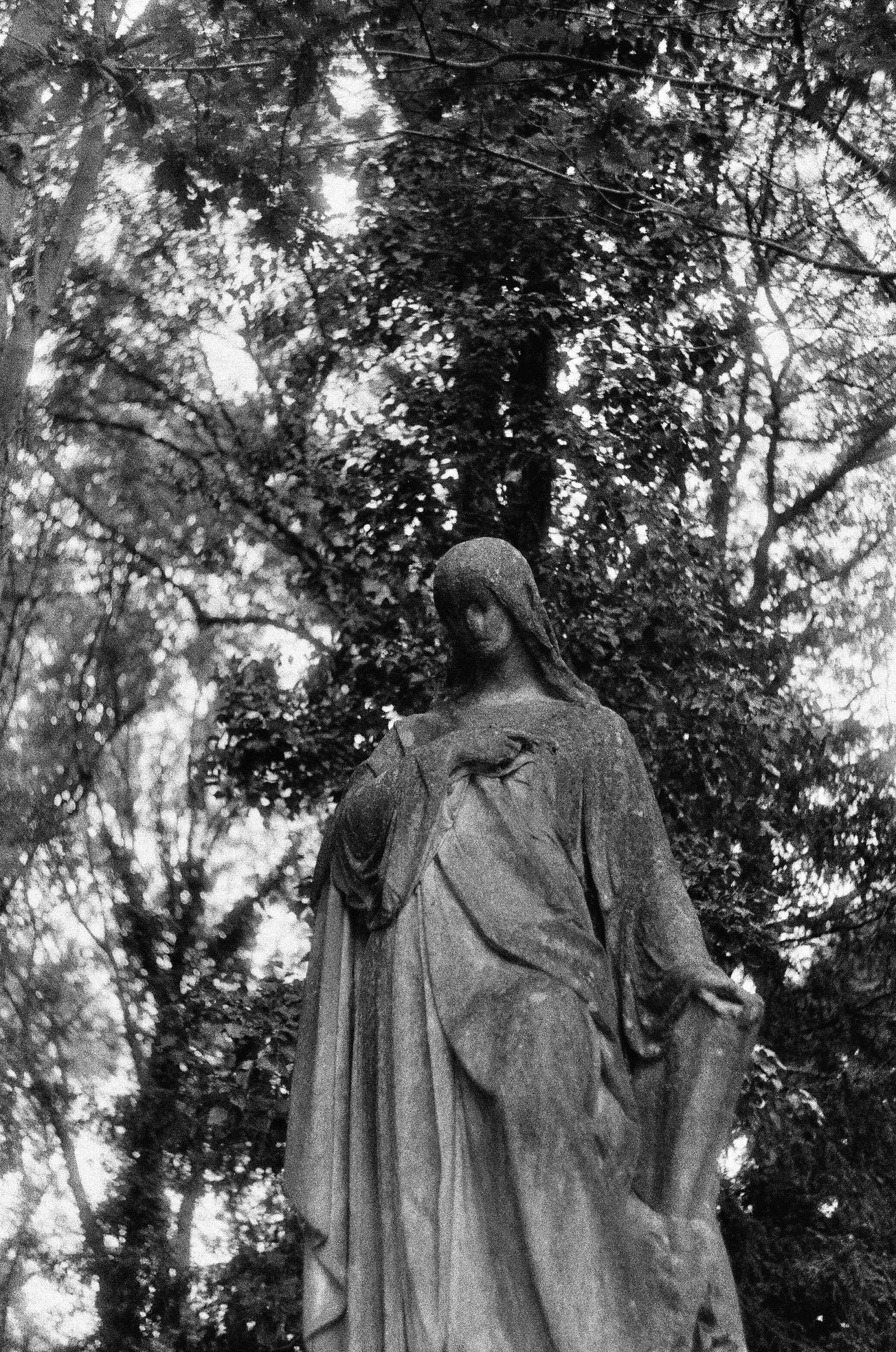First year Spanish student Jemima Carr-Jones traces the history of the infamous blue jean, a garment that has 'featured in a plethora of the most iconic fashion images'.
Rewinding to its origins, “Jeans” is a term which refers to a distinct style of trousers coined “blue jeans”, which were concocted by a tailor named Jacob W. Davis in partnership with Levi Strauss & Co. The concept was simple, with the California gold rush, beginning in 1848, came a massive influx of minors and workers alike. Hence it was only natural that there became a demand for clothing which would sustain the conditions of their work, clothing which was durable - Davis thought up the idea of riveted work pants.
The design placed small rivets at the points of the garment which withstood the highest measure of strain, such as pockets. Additionally, jeans were constructed with a mere four pieces of material allowing for less wear and tear. Having previously made tents and wagon covers, Davis was well versed in the key facet of durability and his design proved ideal. Since their initial arrival in 1873 at Levi Strauss & Co, jeans have rather taken the world by a storm.
Jeans were invented in #1873 by Jacob Davis and Levis Strauss. Jeans are named after the city of Genoa in Italy, a place where cotton corduroy, called either jean or jeane, was manufactured. #Fashion #History #Style #Roksana pic.twitter.com/eGo5l2kvRv
— ROKSANA (@roksanastore) April 11, 2018
Jeans are ubiquitous apparel. You would be hard pressed to find a wardrobe or watch a film that doesn’t feature a pair. However, it is interesting to learn that prior to the cowboy era of 1930s Western films, jeans were considered solely the gear of the hardwearing miners, ranchers and farmers. It wasn not until after cowboy actor John Wayne’s frequent cinematic appearances sporting the Levi 501s, the epitome of the cowboy image, that jeans made their venture into the mainstream. Initially, people only really wore jeans to emulate the fashionable cowboy look admired by the masses during the 30s.
A decade later during the 40s, with the strike of WWII, the denim blue jean took on a new lease of popularity in becoming the utilitarian wear for those who took to working in the factories aiding wartime efforts. The expectation after the war was that American society would then return to peacetime societal wear, however the hoi polloi ached to continue wearing their beloved blue jeans - groups refusing to conform in this the post-war era, still donning their blue jeans, were naturally deemed somewhat rebellious.
For some years now, rebellion has been at the height of fashion; fashion continually seeks to stand out, to be something different and if and when possible, shocking. Jeans in this time represented a rejection of social norm. The 50s saw the status of jeans sore yet again due to much celebrity endorsement, the likes of Marlon Brando, James Dean and Elvis Presley donning the garment - the ‘bad boy’ was born, everyone wanted a piece.
Since then, jeans have featured in a plethora of the most iconic fashion images (and thus statements).
To name a few, there was the Brooke Shields 1980 Calvin Klein advert, launching the labels first collection of jeans the fifteen year old model stretches provocatively across the floor, the commercial line reading, “You wanna know what comes between me and my Calvins? Nothing.”
In 2001, we saw Justin Timberlake and Britney Spears couple denim at the American Music Awards, wince.
And Anna Wintour’s first Vogue cover in November 1988 featured the Israeli model Michaela Bercu sporting a gorgeous bejeweled Christian Lacroix jacket and a pair of faded jeans.
Through this issue, having newly taken over the role of editor-in-chief from Grace Mirabella, Anna Wintour supposedly signalled the direction in which the fashion industry was headed, it was the first time jeans had featured on any cover of American Vogue.
Since their arrival, to this day, and most probably for years to come, jeans are a massive aspect of western fashion culture. No longer are they considered solely workmans wear but have morphed into an item that may be either dressed up or dressed down, their perennial nature is massively owed to this fact. Each year the total number of denim jeans sold worldwide is 1,240,000,000. This would suggest that the blue jean is most definitely not just a fad!
Featured Image: Anton Darius / Unsplash
What do you think about the rise of the blue jean? Let us know:
Facebook // Epigram // Twitter









